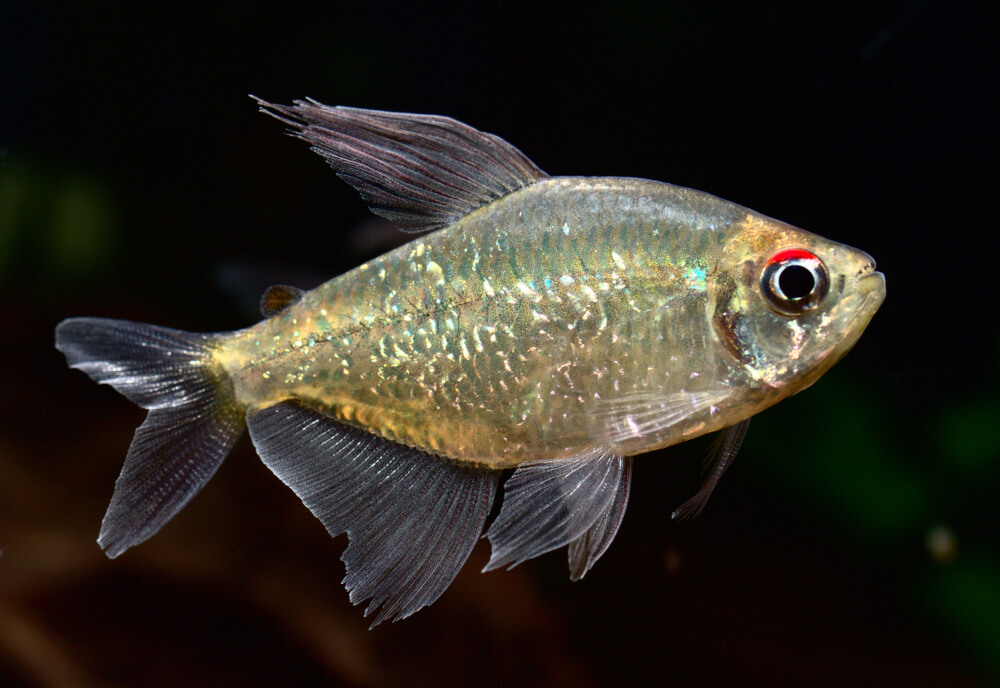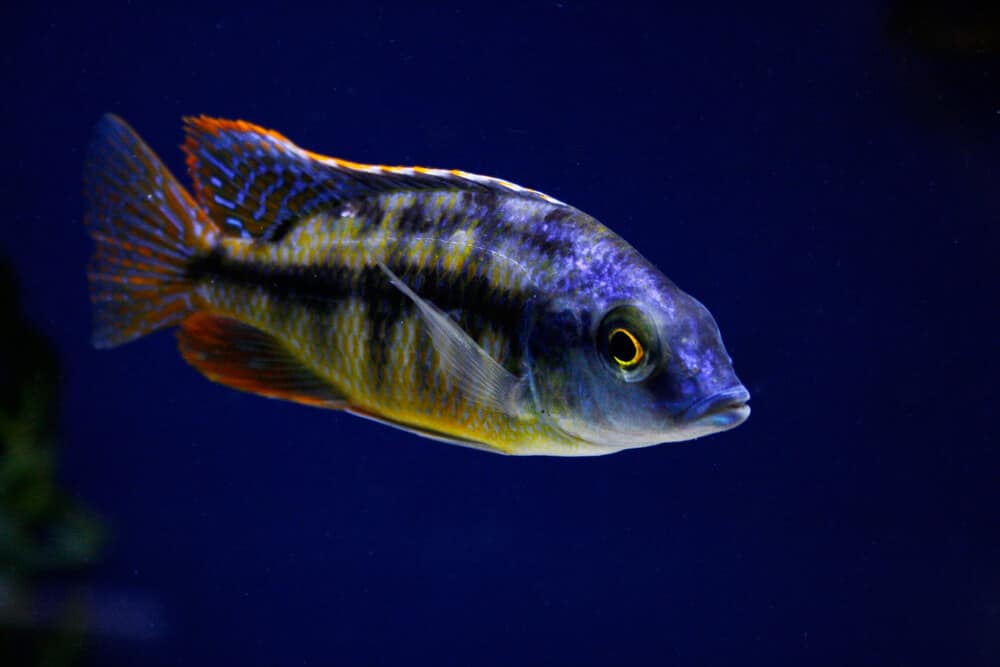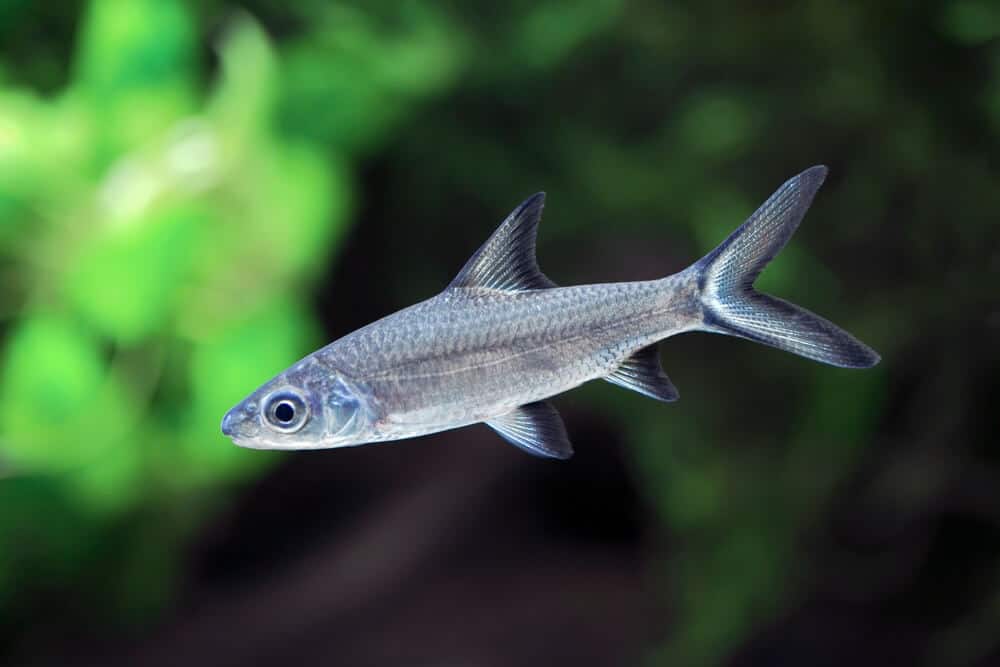Diamond Tetra Fish: A Stunning Addition To Your Aquarium

In the vast world of tropical fish, there is one dazzling gem that stands out – the Diamond Tetra. With its shimmering silver scales, accented by iridescent hints of blue and yellow, this small but captivating fish is a true showstopper in any aquarium. The Diamond Tetra’s graceful movements and peaceful nature make it a popular choice among aquarists, creating a tranquil and visually stunning underwater oasis. So, if you’re looking to add a touch of elegance and beauty to your tank, the Diamond Tetra is the perfect addition to your aquatic family.
Introduction
The Diamond Tetra is a beautiful freshwater fish that is native to the rivers and streams of South America. Its scientific name is Moenkhausia pittieri, but it is more commonly known by its common name, the Diamond Tetra. This fish is a popular choice among aquarium enthusiasts due to its stunning appearance and peaceful nature.
In this comprehensive article, we will delve into the various aspects of the Diamond Tetra, including its appearance, natural habitat, tank requirements, water conditions, feeding, breeding, compatibility with other fish, common diseases, and some fun facts about this fascinating species.
Appearance
True to its name, the Diamond Tetra showcases a remarkable appearance that sets it apart from other fish species. It possesses a sleek and elongated body, which typically grows to a size of about two inches. The scales of the Diamond Tetra shimmer and sparkle, resembling the glimmer of a diamond.
These scales are predominantly silver with iridescent hues of blue, green, and yellow, giving the fish a mesmerizing rainbow-like effect. The fins of the Diamond Tetra are transparent with a hint of red, adding a touch of elegance to its overall appearance. Its large eyes and slightly upturned mouth give it a friendly and inquisitive expression, making it an endearing sight in any aquarium.
Natural Habitat
Originating from the rivers and streams of South America, particularly Venezuela and Colombia, the Diamond Tetra thrives in warm and moderately flowing waters. These habitats are typically surrounded by dense vegetation, providing the fish with plenty of hiding spots and areas for exploration.
In the wild, Diamond Tetras are known to form large shoals, consisting of hundreds of individuals. This tendency to school showcases their social nature and reinforces the importance of providing them with suitable tankmates.
Tank Requirements
When setting up a tank for the Diamond Tetra, it is crucial to replicate their natural habitat as closely as possible. A tank of at least 20 gallons is recommended to accommodate a small school of Diamond Tetras. Ensure that the tank has a tight-fitting lid as these fish are known to be skilled jumpers.
The substrate should consist of fine-grained sand or smooth gravel, mimicking the riverbeds where they are typically found. Additionally, incorporate plenty of live plants, driftwood, and rocks to create hiding spots and provide a sense of security for the fish.
Water Conditions
Maintaining suitable water conditions is vital for the health and well-being of Diamond Tetras. They thrive best in water with a temperature range of 72-78°F (22-26°C). Additionally, the ideal pH level should fall within the slightly acidic to neutral range, between 6.5 and 7.5.
The water hardness should be relatively soft, between 5 and 12 dGH. To ensure optimal conditions, regular water testing and monitoring are essential. Keep in mind that sudden fluctuations in temperature, pH, or water chemistry can stress the Diamond Tetra and make them more susceptible to diseases.
Feeding
The Diamond Tetra is an omnivorous species, meaning it will eat both plant matter and small aquatic organisms. In the wild, its diet consists of insects, worms, small crustaceans, and plant matter. To provide a balanced diet for your Diamond Tetra, offer a variety of high-quality commercial flakes or pellets.
Supplement their diet with small live or frozen foods such as bloodworms, brine shrimp, and daphnia for added variety and to enhance their overall health and vibrancy. Remember to feed them in small quantities multiple times a day to prevent overeating and reduce waste in the tank.
Breeding
Breeding Diamond Tetras can be a rewarding experience for aquarium enthusiasts. To encourage spawning, create a separate breeding tank with densely planted areas. The use of fine-leaved plants, such as Java moss or spawning mops, will provide the perfect spawning substrate.
It is recommended to introduce a pair or small group of Diamond Tetras into the breeding tank to increase the likelihood of successful breeding. The water conditions in the breeding tank should be similar to their regular tank, with the temperature slightly raised to around 78-80°F (26-27°C).
The Diamond Tetra is an egg scatterer, meaning the female will release her eggs among the plants. Once the eggs are fertilized, it is crucial to remove the parents from the breeding tank to prevent them from consuming the eggs or fry. The eggs will typically hatch within 24 to 48 hours, and the fry can be fed infusoria or liquid fry food until they are large enough to consume small live or powdered foods.
Compatibility
Diamond Tetras are known for their peaceful temperament, making them suitable inhabitants for community aquariums. They get along well with other peaceful fish of similar size and temperament, such as other tetras, danios, rasboras, and peaceful livebearers.
However, it is important to avoid placing them with larger or more aggressive fish that may intimidate or bully them. Providing ample hiding spots and areas of dense vegetation will help alleviate any potential aggression and provide a sense of security for the Diamond Tetras.
Common Diseases
Like all fish, the Diamond Tetra is susceptible to certain diseases. Ich, also known as white spot disease, is a common ailment that affects many freshwater fish species, including the Diamond Tetra. This parasitic infection manifests as small white spots on the fish’s body and fins, along with symptoms of scratching against decor.
Prompt treatment with a suitable medication is recommended to prevent the spread of the infection. Other diseases that can affect Diamond Tetras include bacterial infections, fungal infections, and fin rot. Regular water testing, maintaining optimal water conditions, and providing a balanced diet will help strengthen the immune system of the Diamond Tetra, reducing the likelihood of disease occurrence.
Fun Facts
- The Diamond Tetra was first discovered and scientifically described by an Austrian ichthyologist named Franz Steindachner in 1882.
- In its natural habitat, this species is known to undertake seasonal migrations, moving towards flooded forests during the rainy season to feed and reproduce.
- Diamond Tetras are known for their excellent jumping skills, so a tight-fitting lid is a must to prevent any escape attempts.
- In the aquarium, the Diamond Tetra tends to be shy and skittish when introduced. However, over time, as they become accustomed to their surroundings and tankmates, they will become more active and confident.
Conclusion
The Diamond Tetra is an enchanting freshwater fish that adds beauty and tranquility to any aquarium. With its shimmering scales, peaceful nature, and ease of care, it is no wonder that this species has earned the admiration of hobbyists worldwide.
By providing an appropriate tank setup, optimal water conditions, a varied diet, and suitable tankmates, you can ensure the health and longevity of your Diamond Tetras. Whether you are an experienced aquarium enthusiast or a novice hobbyist, the Diamond Tetra is an excellent choice for adding a touch of elegance and charm to your aquatic habitat.





